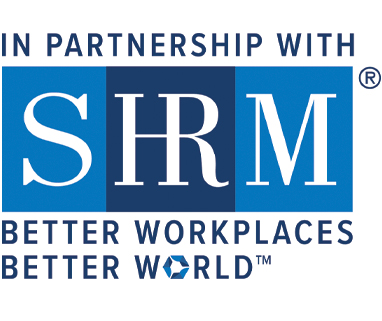Mastering the Collective Bargaining Process
Experience the collective bargaining process through hands-on participation in a simulated negotiation. Whether you’re a newly assigned negotiator on the management team or just looking for a refresher, you get realistic insight into the emotional factors that can affect the outcome of any contract negotiation.
This course has been preapproved by the Society for Human Resource Management for 18 Professional Development Credits (PDCs) toward the SHRM-CP or SHRM-SCP.
This course can be applied to the Labor Relations Certificate.
Instructor

Kristofor L. Hanson is a shareholder of Lindner & Marsack, S.C. He maintains a multifaceted management-side labor and employment practice focusing on representing employers in all areas of labor-management relations, including collective bargaining, labor arbitration, and litigation in state and ... read more
Benefits and Learning Outcomes
- Apply different communication skills
- Develop negotiating experience
- Discover what it feels like when the stakes are high
Course Outline/Topics
- Professional Experience Questionnaire Collective Bargaining Game
A) Part I—How do you begin?
B) Important negotiator traits
C) Legal Counsel
D) Supporting Personnel
E) Experts in supporting role - Assessing the Union Bargaining Team
A) Composition
B) Research of team
C) Pay for Negotiating - Developing Language Proposals
A) Need for proposals
B) Contract review by Negotiating Team
C) Grievance review by Negotiating Team
D) Arbitration Review
E) Perform “Triage” - Developing the Employer’s Economic Negotiating Position
A) Use of survey and statistics
B) Financial Health of Company
C) General Economic Assessment
D) Assessment of Company Strength vis-à-vis a Strike
E) Costing the Contract - Establish Objective and Strike Authority
A) The Importance of Pre-Negotiation Authority
B) The Importance of Top Management “Buy-in” - Strike Preparations
A) As a bargaining tool
B) Strike Manual
C) Appropriate Security - Pre-Negotiation Communication
A) Why important?
B) And how much? - Part II—How to Negotiate: Tactics and Techniques
- Sites for Collective Bargaining—Advantages and Disadvantages
A) Employer’s Premises
B) Public Buildings
C) Hotel/Motel
D) Attorneys, Banks, Etc.
E) Union Offices - Times for Negotiations
- Bargaining Techniques
A) First Meeting - Mediation-_Federal and State
A) General Rule - Strikes
A) Types of Strikes
B) Company Rights
C) Employee Rights
D) Settling a Strike - Lockouts
A) Purpose
B) Hiring of Replacements
C) Employee Entitlement to Unemployment Compensation Benefits - Proposals and Articles
Testimonials
"Overall I LOVED the class and can’t wait to come back to the university for more training. How exciting that Tom has retired but agreed to stay on; he is a huge asset to what I learned." — RuthAnn Kempker, HR Manager, 2019
"Mr. Mackenzie was excellent. Very knowledgeable and approachable. I thoroughly enjoyed this course." — Tim Walsh, HR Coordinator, BWX Technologies, 2019
"This course was not only timely in terms of the business impact; it was probably the most germane topic to our business today. Tom’s explanation of
the “real world” was very helpful to me and I think the participants were serious about learning the topics. It gave me several things to bring back to
my company that will help us negotiate our next contract." — John Scime, Federal Industries, 2021
Date: Mon-Wed, Nov 18-20, 2024
Delivery Method: Live Online
Time: 8:30am-4pm CT
Platform: Zoom
Instructor: Kristofor Hanson
Fee:
$1,115 by Nov 3, 2024
$1,165 after Nov 3, 2024
CEUs: 1.9, PDCs: 19
Enrollment Limit: 16
Program Number: 5045-16180
Note: This class meets on Monday-Wednesday, Nov 18-20 from 8:30am to 4:00pm
Registration Deadline: Nov 14, 2024
Date: Mon-Wed, May 12-14, 2025
Delivery Method: Live Online
Time: 8:30am-4pm CT
Platform: Zoom
Instructor: Kristofor Hanson
Fee:
$1,165 by May 5, 2025
$1,115 after May 5, 2025
CEUs: 1.9, PDCs: 19
Enrollment Limit: 16
Program Number: 5045-16657
Registration Deadline: May 8, 2025
